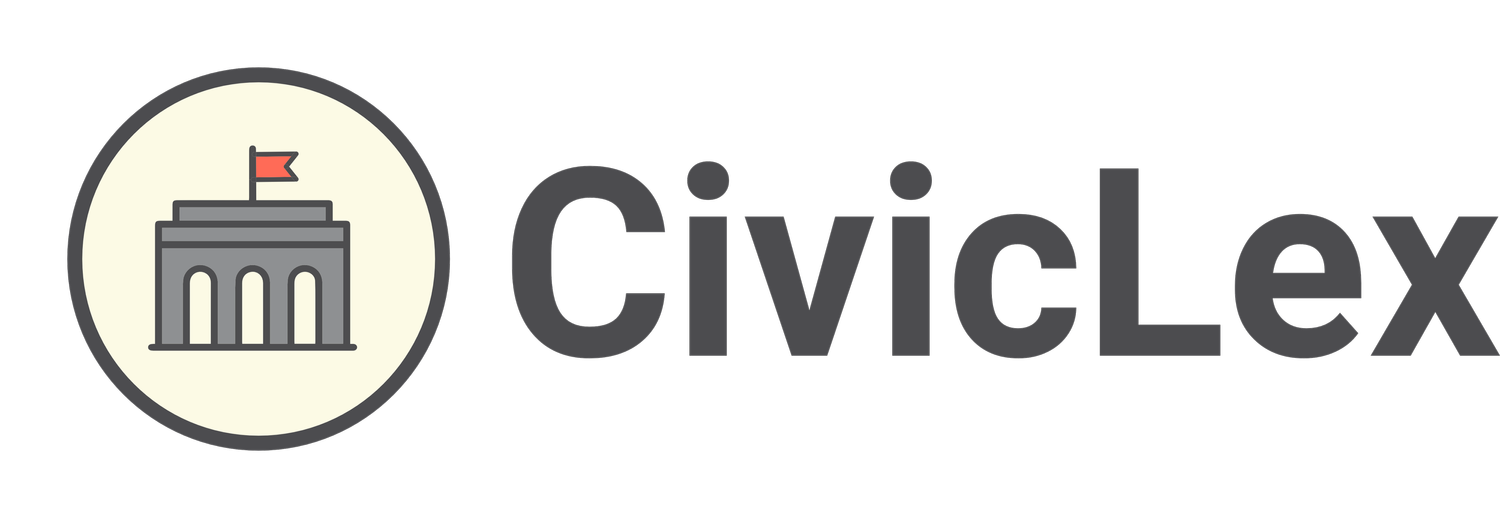Public Mapping Project - Chapter 3
For each meeting of our Redistricting Book Club, we’re posting highlights of the conversation and generalized responses to the questions and prompts for that meeting/chapter.
A free, downloadable digital copy of the Public Mapping Project is available from Cornell University here. You can also download it for free from Amazon for your kindle if you have one. It is also available for purchase for around $5.00 from Amazon and a number of other online stores.
Major consensus & takeaways:
One of the most important components of redistricting and public mapping is community relationships and the local scale. This is somewhat missing in the Public Mapping Project but is key to the success of any public redistricting efforts. Institutions like neighborhood associations and local government can be helpful, but only if we explicitly consider equity and representation in the process.
Further opportunities for public redistricting in Lexington, whether making recommendations for the actual process or hosting a redistricting competition, but require more background knowledge and tools to make them work.
Question 1: What do you think of the Public Mapping Project’s guiding principles, pg. 29? If you had to add one more thing to their guiding principles, what would it be?
The consensus among the groups was that there needs to be a greater focus on the local scale in the guiding principles of the public mapping project. However, there was some debate on HOW locality should be included. Some people thought that including neighborhood leaders and local government would be sufficient, but other pointed out the problems with equity and representation in that institution and worried that those would be carried over into redistricting.
Question 2: What is your take on the Public Mapping Project’s failed attempt in New York? What would you do differently to get a better outcome?
Most of the group agreed that the main issue with the Public Mapping Projects attempt in New York was community relationship building. We agreed that building bridges between the community, state, and the project would have given the project better chances at succeeding. The bookclub discussed ways that these relationships might be built, and what opportunities there are for it in Kentucky. While Kentucky does not have a large scale advocacy group for redistricting, there are local efforts like the League of Women Voters that are currently working on the redistricting process.
Question 3: We are interested in what people are looking for in this process, is this book club interested in establishing recommendations?
The Book Club is interested in thinking about recommendations for the redistricting process, but doesn’t feel ready to give them yet. Concerns at this point include adding to our knowledge with another book and making sure that the recommendations would have a productive end.
Question 4: What do you think about the idea of a redistricting competition?
This is an interesting topic, but again the bookclub does not feel like it has enough information at the moment. If we had procedures and tools to help run the competition as well as clear end goals, it could be a great opportunity.
